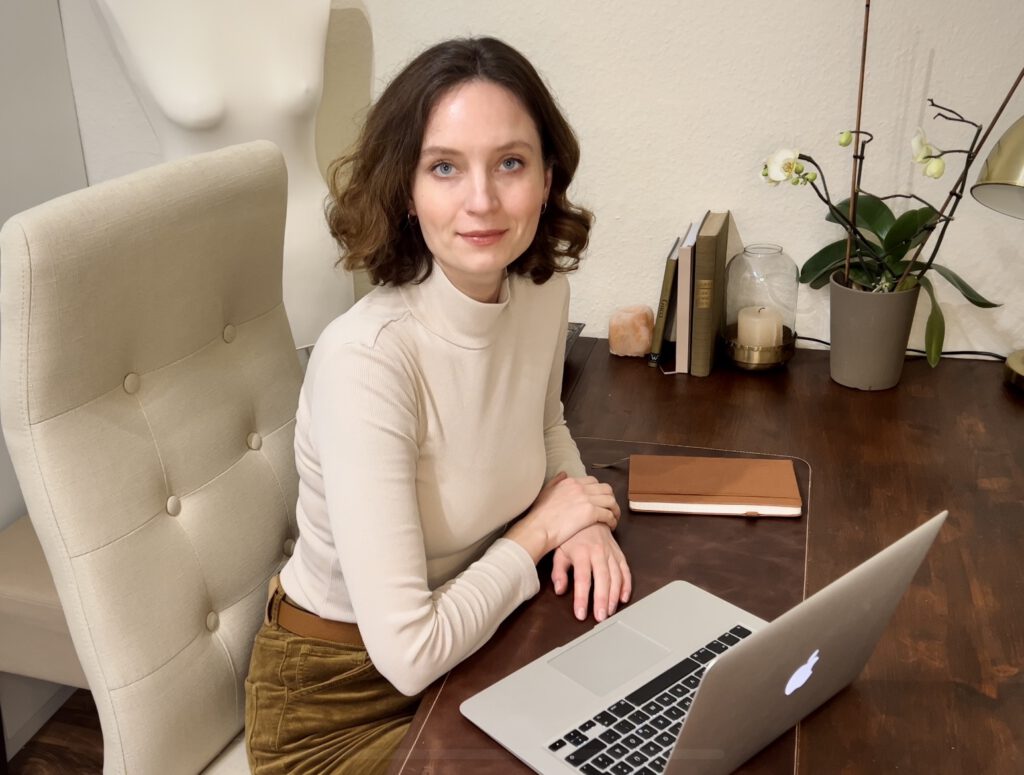Affiliate Disclosure
Some of the links on this page may be affiliate links. As an Amazon Associate, I earn from qualifying sales from these links. If you make a purchase or sign up for a membership through these links, I will receive a small commission. This will not cause any additional costs for you. This income helps us to run this website and especially the blog for you.
Our reflection in the mirror
Our environment is a reflection of our inner self. If we are confident and clear in our values and goals, this is reflected in our external appearance, not only in ourselves, but also in the environment, i.e. the apartment, the house, as well as the social environment, all the things in our lives.
The masks we wear
However, if you are rather unsure about your life goals, your own identity, the values you represent, etc. so this is also reflected in a self, the environment and the social environment, just all the things in our lives. People who feel this way often tend to either have no social environment to which they belong, or they have a huge network of acquaintances with whom there are only superficial relationships. Often, these people also tend to engage in so-called “masking”.
Depending on which people from their circle of acquaintances they meet, they behave very differently, right down to the way they dress, if the meeting was planned or foreseeable. To some extent, this is normal and we all do it, often completely unconsciously.
But true belonging, to a group of people, can only exist if we appear as our authentic self and show it unmistakably to the outside world.
Who we see
If our social environment does not know our real personality, then they cannot appreciate us and respect us for ourselves. Rather, in such cases, they usually see a reflection of themselves, since this is the desired image that the person who is masking consciously or unconsciously strives for. Since this strategy promises the greatest possible acceptance of the respective person or group of people.
Unfortunately, the plan does not always work out, as many people at least subconsciously perceive when a person is not authentic and this causes discomfort in them. As a result, they reject the other person, at least after some time.
What we adapt
Everything we consume influences us. The same goes for the things we surround ourselves with and dress in. It is not for nothing that there is this saying: “We are the average of the five people with whom we have the most contact”. We also “are” a reflection of our environment, our institution, our job, etc. Conversely , we can also influence our self or at least our life if we carefully select these external factors.
Fake it till you make it?
I find this saying so misleading. In my eyes, we humans are a project that is constantly in progress, so to speak. For example, when you build a property, you first start with the foundation, then lay the base plate, pull up the walls. Then the roof is put on it, the windows are installed, the fixed equipment is installed, etc. At the very end come furniture and decoration. At none of these points in time did this property “fake” anything just because it was not yet ready in its development. On the other hand, absolutely no one in their right mind would expect this fictitious property to erect, furnish and decorate itself, suddenly overnight, in order to be ready to move in the next day. What may sound like a very strange comparison is actually a fairly general problem in my eyes.
When it comes to objects, we all have a basic understanding that these things take time to develop. But as soon as you transfer a development to a person, then we all suddenly have no feeling for how much time the various developmental steps take. We then try to skip steps, especially with obvious, visible factors, hoping that reality will catch up with us in a positive sense, so to speak.
I’m not saying that this approach doesn’t work. It can work, but it can also go quite wrong, I think. If you are interested in manifestation and law of attraction, then it is not uncommon to get past such advice. But I think it works better the other way around. And the most successful people, strictly speaking, also report on it regularly. The so-called mindset. It’s basically the opposite of “fake it till you make is”, in my opinion. Instead of changing external factors and hoping that life will eventually follow them, one changes internal factors, according to which the external factors (should) then align themselves almost automatically.
Conclusion
I think that’s an exciting topic. There is some truth to both approaches, I think. I have also consciously tried both strategies in my life. The first method, which is often referred to as “fake it till you make it”, has certain advantages in short-term contact with others. The first impression counts and people are actually more likely to be influenced by an appealing appearance. So it can open doors relatively quickly.
However, it also causes pressure and sometimes even discomfort. I think that even the so-called imposter syndrome often plays a role. We are so eager to represent something these days. To drive a fancy car, to have the great, well-paid job, to have and do all the things that supposedly impress others. It’s best to look 15 years younger, to be Instagram famous and to have a dream partner, etc. The need to find and use some kind of shortcut for this is understandable. But I doubt that this approach leads to actual success for many people. Maybe it looks like that for the environment or the followers, but the truth behind such a façade is probably different in the vast majority of cases. Because things are not always as they seem.
The other method is to focus on the inner factors and values, the mindset, etc. It’s probably the supposedly lansgamer way. Because outwardly there is often hardly any change recognizable for a longer period of time, but I think the effects that can be achieved with it are more reliable, sustainable and fundamentally satisfactory. Perhaps a conscious combination of both approaches is the most promising way to change yourself and your life. Who knows, I’ll give my final opinion on it when I’m 100. ^^
What do you think about this topic? Do you even think about personal development and mindset? And the connections with your environment? If so, what are your experiences? Feel free to let me know in the comments.
In the future, Linen & Quince will not be too much about personal development. However, since this is a topic that I regularly deal with myself, I have created a new website that mainly deals with the topics of personal development, business start-up and management, finance and real estate. If you are also interested in these topics, feel free to take a look at christinaernst.net .
I wish you a relaxing weekend.
All the love
Christina
“We never look for things, but the search for them.”
Blaise Pascal
Share this post:

We’re excited
to share our news with you!
Would you like to receive information about our latest articles and our latest products directly in your mailbox?
Sign up for our newsletter!
We’d love to keep you in the loop.
About the author

Christina Ernst is founder and CEO of Linen & Quince. She is also a designer, author and real estate expert. She shares her experiences and knowledge not only on our Linen & Quince blog, but also on her personal blog, christinaernst.net , where she writes about financial knowledge, starting a business, real estate knowledge and personal development. She loves interior design, art, antiques, as well as elegant, sustainable and high-quality fashion.



